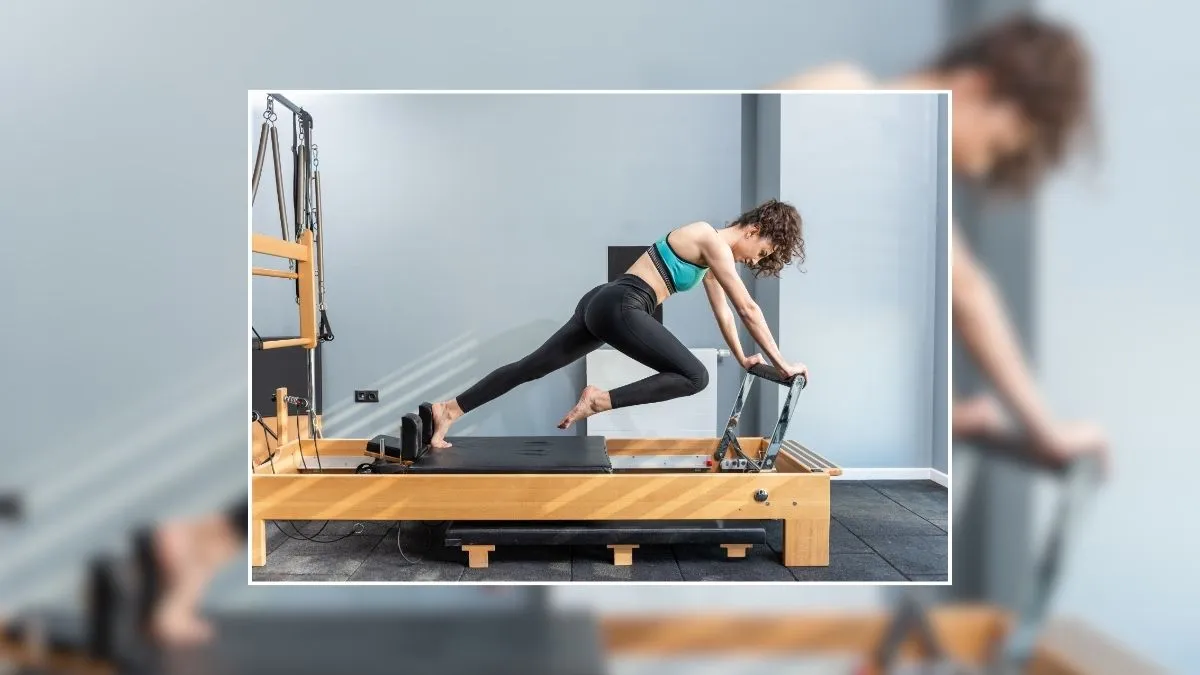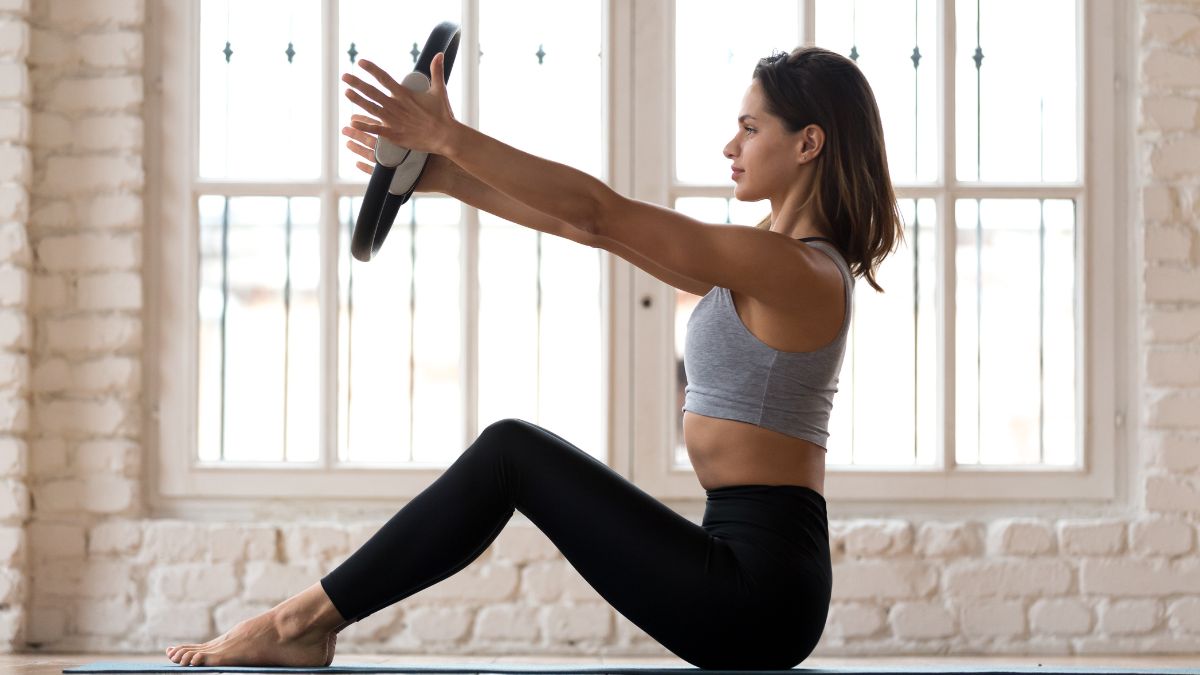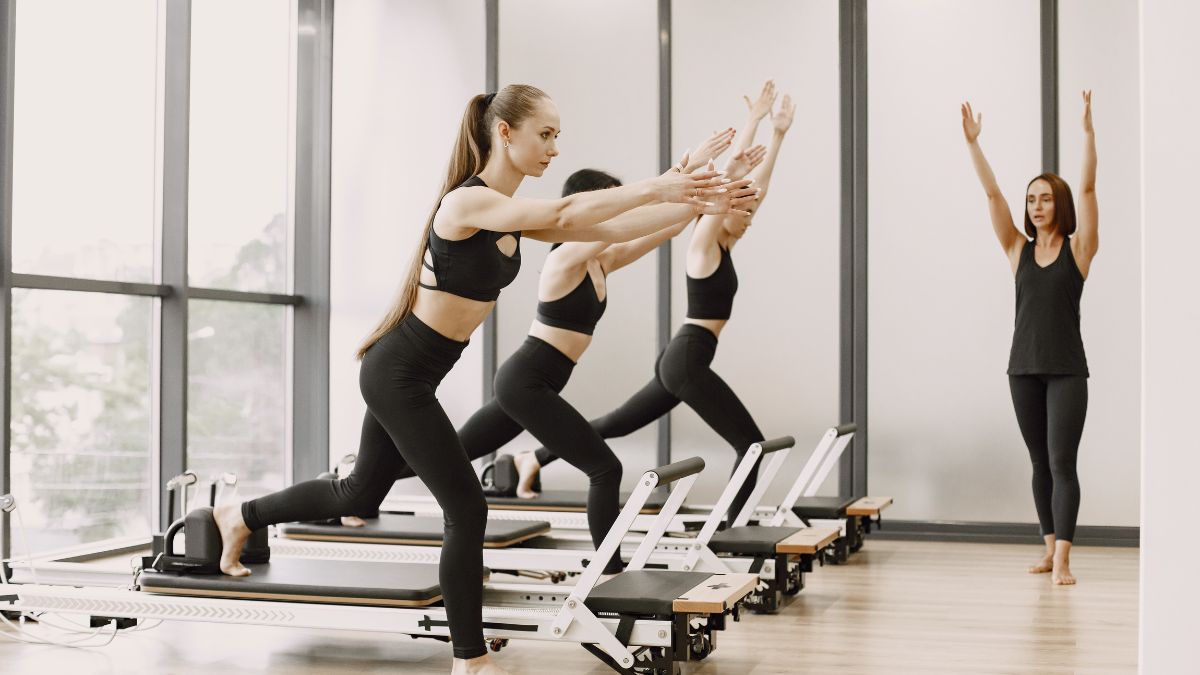
In today's world, where screens dominate our lives and sedentary habits are commonplace, good posture can be a rare commodity. But what if you could stand taller, feel stronger, and move with greater ease? Pilates offers a solution, and we're about to explore how this powerful exercise method can help correct posture and enhance overall well-being. Let's learn more with our expert, Mitushi Ajmera, Nutritionist and Senior Master Fitness Trainer.
In 10 sessions, you’ll feel the difference; in 20 sessions, you’ll see the difference; and in 30 sessions, you’ll have a whole new body.
-
Joseph Pilates
This iconic quote captures the essence of Joseph Pilates’ method, known initially as ‘Contrology’: a practice focused on mindful control of the body and its movements rather than letting the body (or today’s screen-driven habits) control you.
Ajmera said, “Poor posture has silently become a widespread issue, leading to chronic pain, fatigue, and reduced mobility. Pilates offers a proven solution by blending strength, flexibility, mobility, and balance to restore optimal alignment and movement.”

Pilates emphasises on core stability, alignment, and controlled motion, essential elements in maintaining good posture. Pilates targets the ‘powerhouse’, the deep muscles of the abdomen, back and pelvis. Strengthening these muscles creates support from the inside out, transforming posture and overall physical function.
It encourages cervical spine awareness and correct excessive forward curvature, especially beneficial for those with forward head posture or neck pain.
Movements like scapular retraction and depression improve shoulder positioning, helping to prevent hunching and rounded shoulders.
Exercises like The Hundred or Criss Cross engage the transverse abdominis and obliques, which are vital for spinal support and postural endurance.
These foundational drills teach awareness of natural spinal alignment, reducing excessive lumbar arching or rounding.
Movements like the Roll-Up or Spine Stretch enhance mobility in the vertebrae, encouraging smoother, more fluid movement.
Don't Miss: Planning a Family? Why Thalassemia Screening Should Be on Your Checklist
Pilates eliminates jerky, careless movements, encouraging control and precision. This ensures that the muscles around the spine, rather than the spine or discs themselves, bear the load. Over time, this ‘deloading’ of the spine improves spinal health and reduces the chances of excessive wear and tear.
“Improving posture through Pilates goes far beyond appearance, it unlocks a host of physical and mental benefits,” shared Mitushi.

Pilates emphasises lateral/intercostal breathing, which expands the rib cage sideways while keeping the core engaged. This supports efficient movement and a stable spine.
Don't Miss: 5 Benefits Of Applying Potato Juice On Dark Spots
Regular practice heightens proprioception, helping you maintain good posture and balance, even outside workouts.
Many experience relief from chronic neck, shoulder and back pain caused by postural imbalances.
A well-aligned body experiences less muscle strain and better oxygen flow, resulting in more energy throughout the day.
"Pilates is highly adaptable and suitable for all fitness levels and goals. Whether using just a mat or equipment like the Reformer, it offers scalable resistance and support. Whether you’re recovering from an injury or aiming to prevent one, Pilates is a powerful tool for posture correction and long-term well-being," said Ajmera.
Don't Miss: Should You Shave Your Pubic Hair During Pregnancy? Gynecologist Shares Dos And Don'ts You Must Follow
If you liked this story, then please share it. To read more such stories, stay connected to HerZindagi.
Image Credits: Canva
Also watch this video
Herzindagi video
Our aim is to provide accurate, safe and expert verified information through our articles and social media handles. The remedies, advice and tips mentioned here are for general information only. Please consult your expert before trying any kind of health, beauty, life hacks or astrology related tips. For any feedback or complaint, contact us at compliant_gro@jagrannewmedia.com.